The automated slitting and rewinding machine is one of the key equipment to achieve "unmanned" production in factories, which significantly reduces manual intervention and improves production efficiency and consistency through highly integrated mechanical design, intelligent control system and Internet of Things technology. The following are the specific ways and core advantages of its "unmanned" production:
1. Automate the entire process and reduce manual intervention
• Automatic loading/unloading: Equipped with AGV (Automatic Guided Vehicle) or robotic arm, it realizes automatic loading of raw material rolls and automatic unloading of finished rolls, eliminating the need for manual handling.
• Automatic slitting and rewinding: Through PLC (programmable logic controller) preset parameters (such as width, tension, speed), the equipment automatically completes slitting, rewinding, rewinding, rewinding, etc., avoiding manual adjustment errors.
• Automatic scrap recycling: The leftovers generated by slitting are automatically processed through a built-in scrap collection system, reducing the frequency of downtime and cleanup.
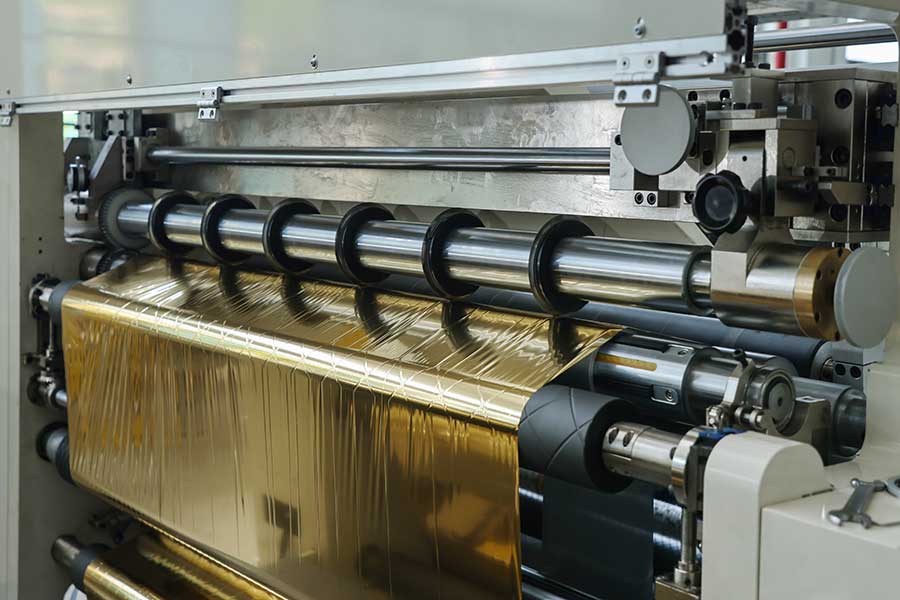
2. Intelligent control system improves accuracy and stability
• Closed-loop tension control: Uses high-precision sensors to monitor material tension in real time, automatically adjusting to avoid breaks or wrinkles, ensuring stable quality.
• Visual inspection system: Integrated AI camera to automatically identify material surface defects (such as scratches, stains) and mark or sort defective products.
• Adaptive cutting: Dynamically adjust the blade position through laser ranging or scanning technology to adapt to changes in material thickness (e.g., film, paper).
3. Data-driven vs. remote monitoring
• Internet of Things (IoT) integration: equipment operation data (speed, fault alarm, output) is uploaded to the cloud in real time, and managers can remotely monitor it through mobile phones/computers.
• Predictive maintenance: By analyzing vibration, temperature, and other data, early warning of mechanical failures and reducing sudden downtime.
• MES/ERP system integration: Automatically generate production reports and link with factory management systems to optimize production scheduling and inventory management.

4. Modular design adapts to flexible production
• Quick changeover: By storing multiple sets of process parameters, there is no need for manual debugging when switching product specifications (e.g., from narrow to wide coils).
• Multi-material compatibility: It can handle a variety of materials such as films, non-woven fabrics, and metal foils, meeting the needs of small batches and multi-variety orders.
5. Energy Saving and Safety Optimization
• Energy management: Automatically adjusts motor power to reduce no-load energy consumption.
• Safety protection: equipped with light curtains, emergency stop buttons, etc., to ensure the safety of equipment during unmanned operation.
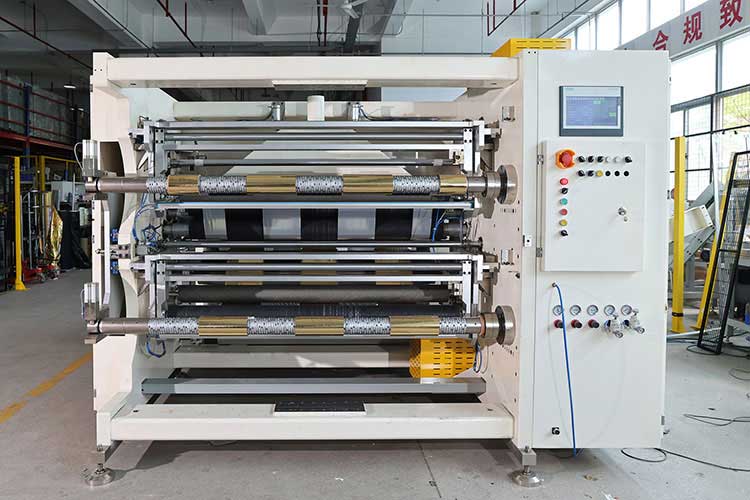
Practical application cases
• Packaging industry: After deploying an automated slitting and rewinding machine, a food packaging factory has achieved 24-hour continuous production, reducing labor costs by 70%, and slitting accuracy of ±0.1mm.
• New energy field: In the lithium battery separator slitting, fully automatic equipment avoids pollution caused by manual contact, and the yield rate increases to 99.5%.
Realize the supporting conditions for "unmanned"
• Infrastructure: Stable power and air supply, as well as control of the workshop environment (e.g., temperature and humidity).
• Personnel training: A small number of technicians need to be trained to be responsible for equipment operation and maintenance and data analysis.
• Initial investment: Although the cost of automation equipment is higher, the long-term returns can be covered by efficiency gains and labor savings.
summary
Through the combination of "hardware automation + software intelligence", the automatic slitting and rewinding machine has become the core link of the "unmanned" factory. Its value lies not only in replacing labor, but also in improving production controllability, data transparency and resource utilization, which is a typical application of the manufacturing industry to upgrade to Industry 4.0. In the future, combined with 5G and digital twin technology, fully virtualized monitoring and optimization will be further realized.



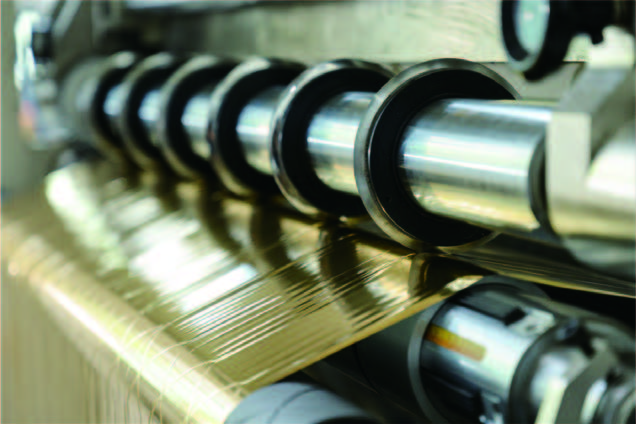
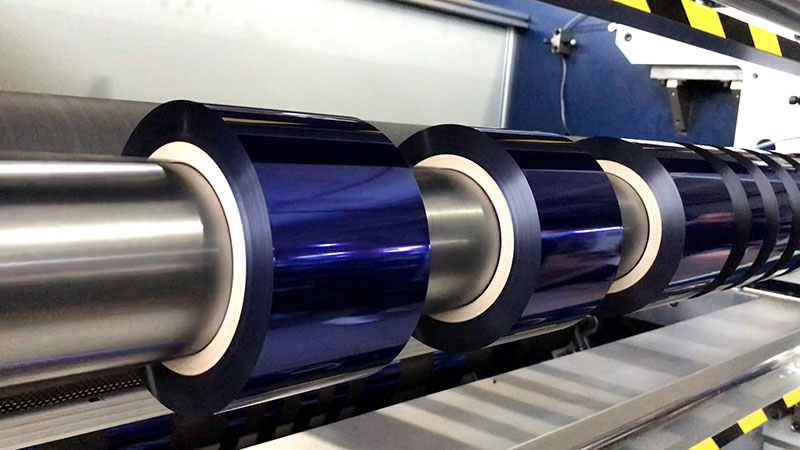
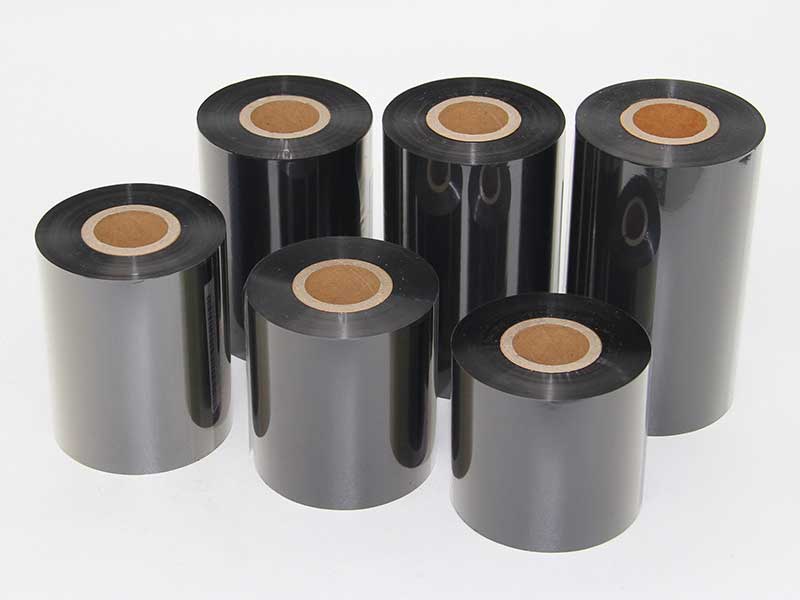
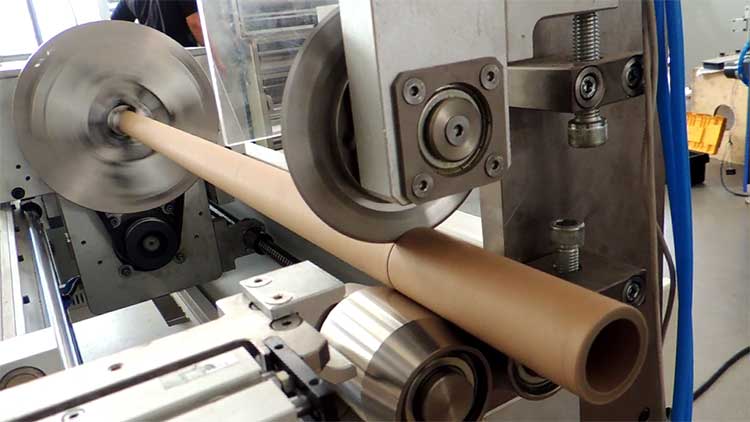
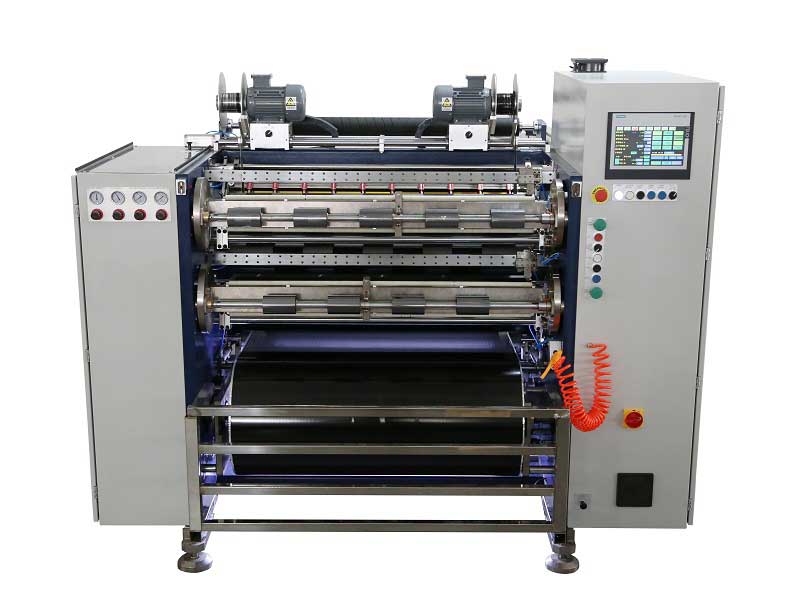 Automatic Thermal Transfer Ribbon Slitting Machine RSDS8 H PLUS
Automatic Thermal Transfer Ribbon Slitting Machine RSDS8 H PLUS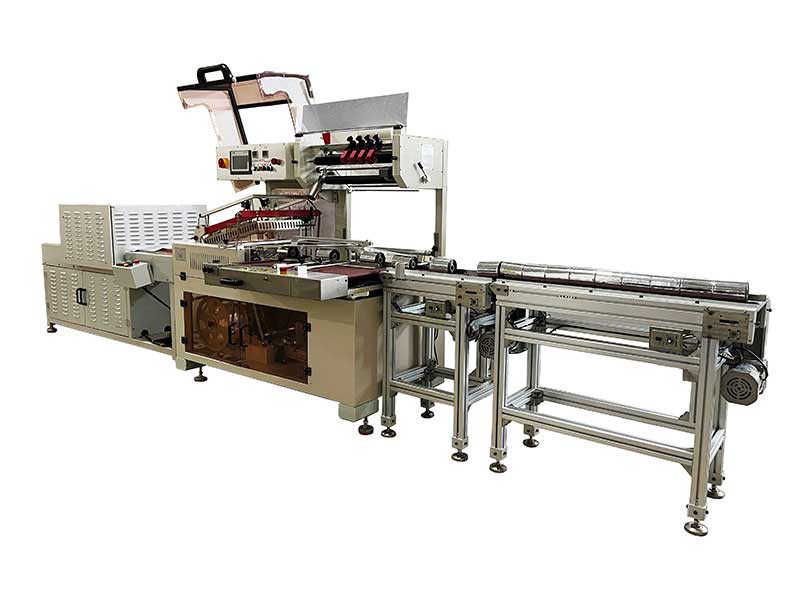 Thermal Transfer Ribbons Packaging Machine
Thermal Transfer Ribbons Packaging Machine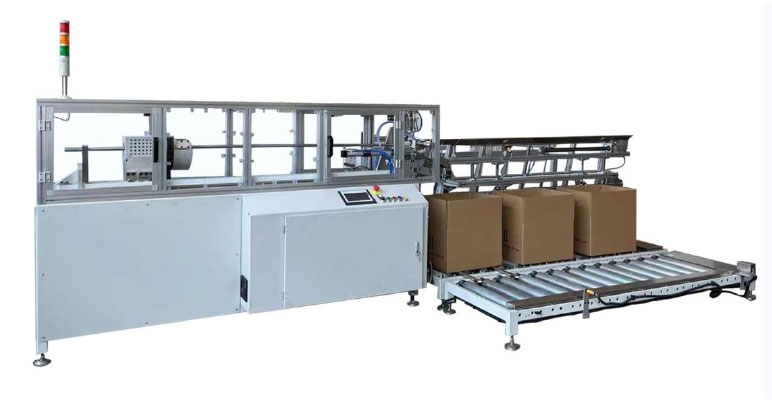 Automatic Paper Core Cutting Machine
Automatic Paper Core Cutting Machine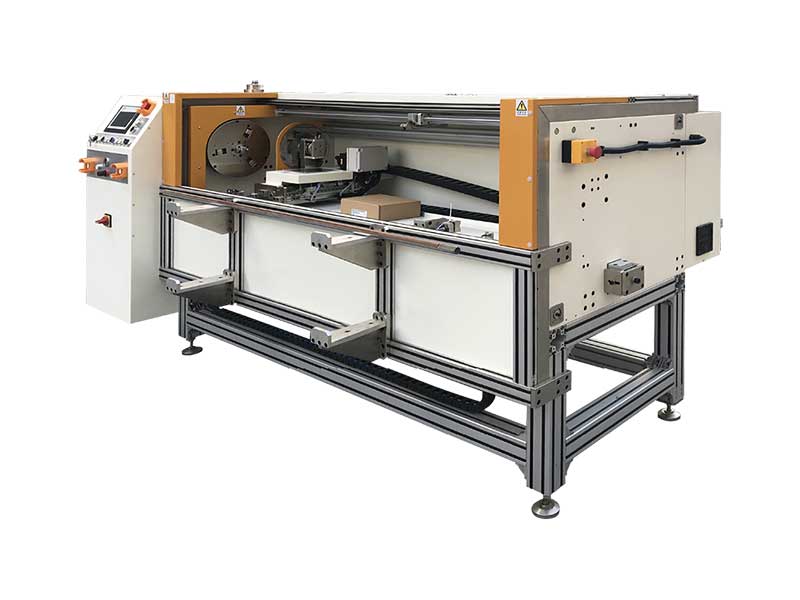 Automatic Foil Roll Cutting Machine
Automatic Foil Roll Cutting Machine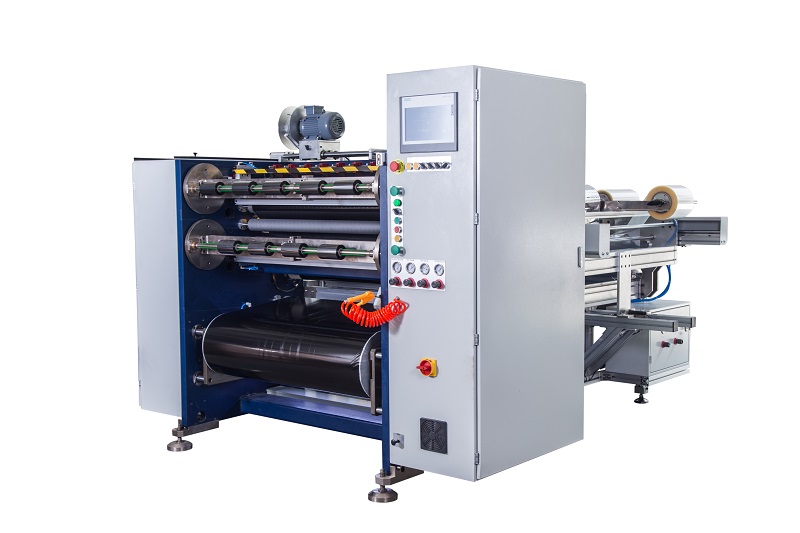 Semi Automatic Thermal Transfer Ribbon Slitting Machine RSDS5 PLUS
Semi Automatic Thermal Transfer Ribbon Slitting Machine RSDS5 PLUS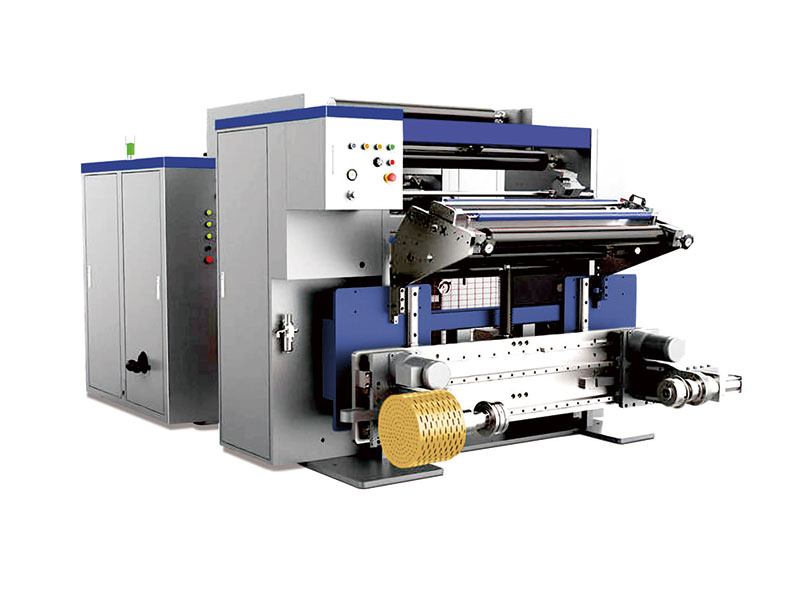 High Speed Slitting Machine
High Speed Slitting Machine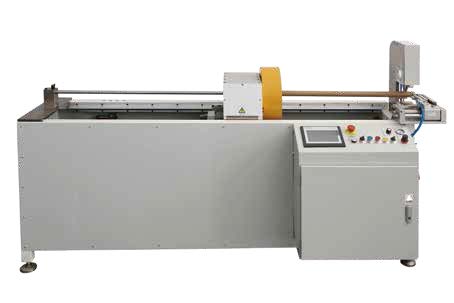 Semi Paper Core Cutting Machine
Semi Paper Core Cutting Machine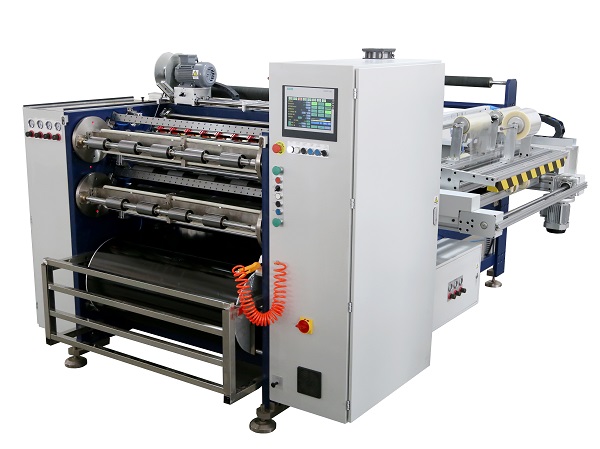 Automatic Thermal Transfer Ribbon Slitting Machine RSDS8 PLUS
Automatic Thermal Transfer Ribbon Slitting Machine RSDS8 PLUS

